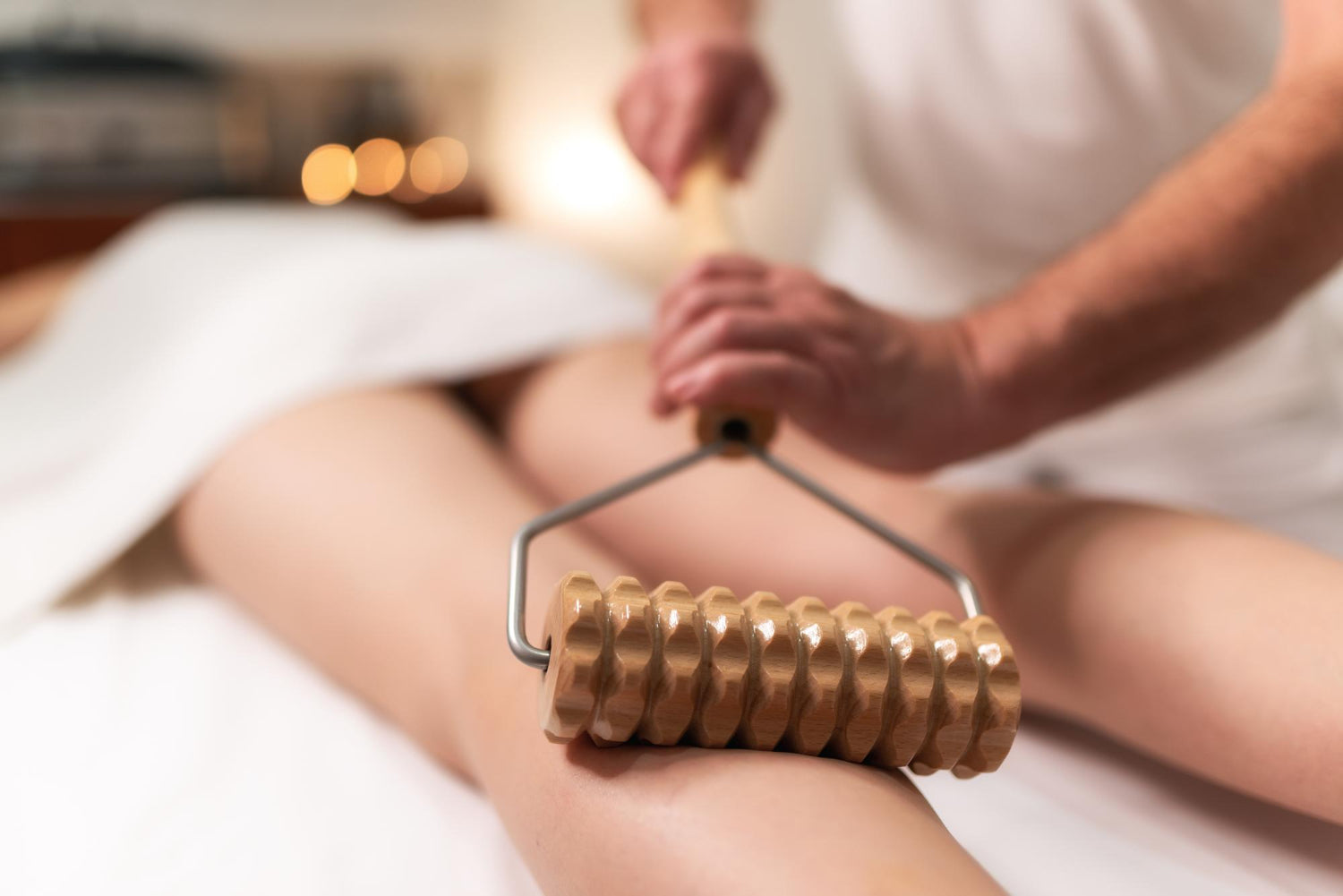A lipo roller can be a helpful recovery tool after surgery, especially when used properly. It's designed to support drainage and help smooth out the treated areas by encouraging fluid movement under the skin. When it's working well, it can bring relief and help your healing stay on track. But when it stops feeling effective or starts acting differently, it’s easy to feel frustrated, especially when your goal is to recover comfortably.
If your lipo roller isn’t doing what it used to, there might be a few reasons why. Maybe it's gotten worn out. Maybe it hasn’t been cleaned in a while. Or maybe the way you're using it has changed without realizing it. Whatever the issue is, figuring it out early can help you avoid added tension or delayed results. Here are a few easy ways to get your roller working the right way again.
Check For Damage Or Wear And Tear
Over time, any tool can break down with use. Lipo rollers are no exception. If yours isn’t rolling smoothly or feels uneven on the skin, take a closer look. The problem might be something small that can be fixed. Or it might be time for a new one.
Look out for:
- Cracks in the roller surface
- Missing or loose parts
- Sticky or noisy rotation
- Uneven rolling or wobbling
Some rollers come with removable parts that can come loose without much notice. If something’s not securely attached, it might stop the roller from gliding properly across your skin. Even a small crack can scratch the skin or press too firmly, which is especially risky while you're healing.
One common thing people overlook is over-tightening. If the adjustable parts are twisted too much, the surface might stop spinning smoothly. Try loosening them a little to see if that helps the roller move better.
To keep your roller in good shape longer, don’t toss it into a crowded drawer or pack it under heavy items. Store it lying flat in a clean, dry place at room temperature. Rough handling increases the chances of damage and shortens its life.
Clean And Maintain Your Lipo Roller
It might not look like it, but buildup can mess up how your roller works. Dirt, oils, or remnants from healing creams and lotions can make the roller feel sticky or uneven. This can affect how it rolls, how it feels on your skin, and how well it works overall.
Try this simple cleaning routine:
1. If the roller has removable parts, take them apart.
2. Wash gently using warm water and mild soap. Stay away from harsh cleaners.
3. Use a soft cloth or small brush to clean tight spaces or grooves.
4. Rinse thoroughly, then pat dry with a clean towel.
5. Let all pieces air-dry completely before putting them back together or storing.
If you have a foam-based roller or one made of absorbing material, don’t soak it. That could lead to trapped moisture or mold. Instead, wipe it gently and dry it quickly.
Do a light clean after each use and give it a deeper clean once a week. That small habit can keep residue off your skin and help the roller glide smoothly every time. It’s also a good way to prevent any strange smells from developing.
A clean roller doesn’t just feel better—it helps your recovery stay on track. Taking just a few minutes to clean it regularly can go a long way in keeping everything running smoothly.
Proper Technique And Usage Tips
If your roller is clean and damage-free but still doesn’t feel right, the issue could come down to how you're using it. Even slight changes in how you apply pressure or where you place it can make a difference.
Common usage mistakes include:
- Pressing too hard, especially in tender areas
- Moving the roller too fast across the skin
- Changing directions randomly from session to session
- Using the roller over broken skin or scabs
Your body is still in recovery mode after surgery. That means your skin is more sensitive, and poor technique might set you back instead of helping. Stick to gentle, controlled movements. Don’t rush or apply more pressure thinking it’ll work faster. Instead, aim for slow, steady passes in the same direction during each session.
Time also matters. Going over the same area too many times in one sitting could overwork the tissue. It’s better to do shorter sessions more often than one long session every few days.
Try splitting your routine into two five-minute sessions—one in the morning and one at night. That gives your body time to respond while helping manage swelling evenly throughout the day.
Keep the roller moving and avoid pausing over one spot. Never roll over clothes or bandages. If you’re unsure if you’re using it the right way, consider asking a surgeon or recovery expert for guidance.
When To Consider A Replacement
Even if you're taking great care of your lipo roller, it's not going to last forever. After several weeks or months, wear and tear will build up. You might notice a rougher feel, strange sounds, or that it just isn’t performing the way it used to.
Signs it might be time for a new roller:
- Roller feels uneven, even right after you clean it
- It drags or sticks during use instead of gliding
- Parts are starting to crack, bend, or separate
- It has a strong smell that won’t go away
- It just feels different and isn’t giving the same relief
Using a roller that’s past its prime can actually slow your recovery. If it doesn’t roll smoothly or applies too much pressure in certain spots, your healing could suffer. You could even end up feeling sore or irritated.
Some people avoid buying a new roller because it feels like a waste if the old one still looks okay. But just like with a worn-out pair of shoes, looks aren’t the whole story. If it's not helping you feel better or assist with recovery, it’s likely doing more harm than good.
When choosing a replacement, pick one that fits where you are in your recovery. Look for something simple that’s easy to handle. You want a tool that feels right every time you use it and doesn’t add stress to your routine.
Keep Moving Forward With Recovery
Taking care of your lipo roller and using it with the right technique makes a difference in how smooth and effective your healing stays. Being able to notice when things feel off—and knowing how to fix them—keeps you in better control of your recovery.
The roller supports all the other things you’re doing to take care of yourself. When it works properly, it can bring the kind of daily relief that makes healing feel more manageable. If you pay attention to how it feels, keep it clean, and use it the right way, it can remain a reliable part of your recovery plan.
If something doesn’t feel quite right, take a few minutes to go through the basics. Is there damage? Has it been cleaned recently? Are you using it gently and often enough? Is it time to replace it?
Sometimes small changes make the biggest difference. And supporting your healing with tools that feel good and perform well can give you a more comfortable and confident recovery experience. Keep checking in with what your body needs—and make sure the tools you use keep up with you.
To make your recovery more comfortable and effective, having the right tools can make all the difference. A well-made lipo roller can be a simple yet helpful part of your routine. At Bombshell Booty Pillow, we offer supportive recovery products designed to help you feel better, faster.

